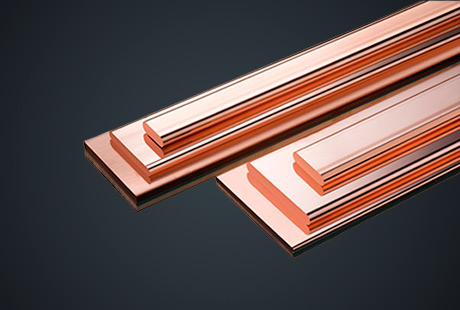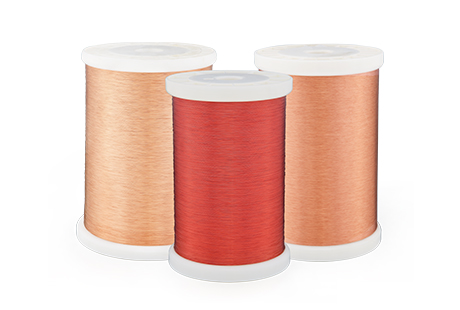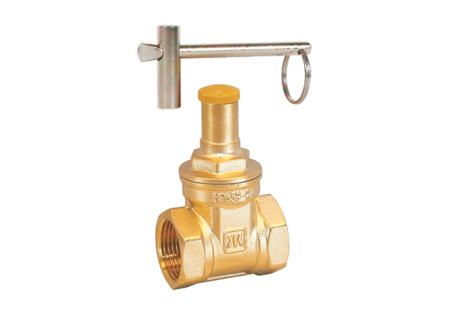Before diving into the selection process, it's essential to understand the specific purpose and application of the one-way brass valve you need. One-way valves, also known as check valves or non-return valves, are designed to allow fluid or gas to flow in one direction only. They prevent backflow, ensuring that the media moves through the system efficiently and without any reverse flow. Identify the intended application, the type of fluid or gas it will handle, and the flow requirements to determine the most suitable one-way brass valve for your needs.
Consider the Pressure and Temperature Requirements
One of the critical factors in choosing the right one-way brass valve is considering the pressure and temperature conditions it will encounter. Different applications may involve varying levels of pressure and temperature, and not all valves are suitable for extreme conditions. Ensure that the one-way brass valve you choose is rated to handle the specific pressure and temperature range of your system to avoid failures or malfunctions.
Valve Size and Connection Type
The size of the one-way brass valve is another essential aspect to consider. Selecting the right size ensures that the valve can handle the required flow rates without causing any restrictions or pressure drops. Check the pipe or tubing size in your system and choose a one-way brass valve that matches it appropriately. Additionally, consider the connection type of the valve. Common connection types include threaded, compression, and flanged. The choice of connection depends on the overall setup and compatibility with other components in your plumbing or industrial system.
Material and Corrosion Resistance
As the name suggests, one-way brass valves are primarily made of brass, known for its durability and corrosion resistance. However, it's essential to verify the quality and composition of the brass used in the valve. High-quality brass ensures that the valve remains reliable and resistant to degradation over time, even in harsh environments. If your application involves handling aggressive fluids or chemicals, consider whether the valve needs additional protection or if there are alternative materials available, such as stainless steel or bronze, that may better suit your needs.
Valve Design and Features
Different one-way brass valves may have varying designs and features to cater to specific applications. Some valves may have a spring-loaded design for quick closure, while others may have a swing check design for smoother operation. Consider any additional features that could be beneficial, such as a built-in strainer or a bypass option for maintenance purposes. Moreover, check for certifications and industry standards compliance to ensure that the one-way brass valve meets the necessary safety and performance requirements.
Selecting the right one-way brass valve is crucial for the efficient and reliable operation of your system. By considering the purpose and application, pressure and temperature requirements, valve size and connection type, material and corrosion resistance, and valve design and features, you can make an informed decision that aligns with your specific needs. Investing time in choosing the appropriate one-way brass valve will result in a well-functioning system, improved fluid or gas control, and enhanced overall performance in your plumbing or industrial processes.

 English
English 日本語
日本語 한국어
한국어 français
français Deutsch
Deutsch Español
Español italiano
italiano العربية
العربية tiếng việt
tiếng việt Türkçe
Türkçe ไทย
ไทย 中文
中文





